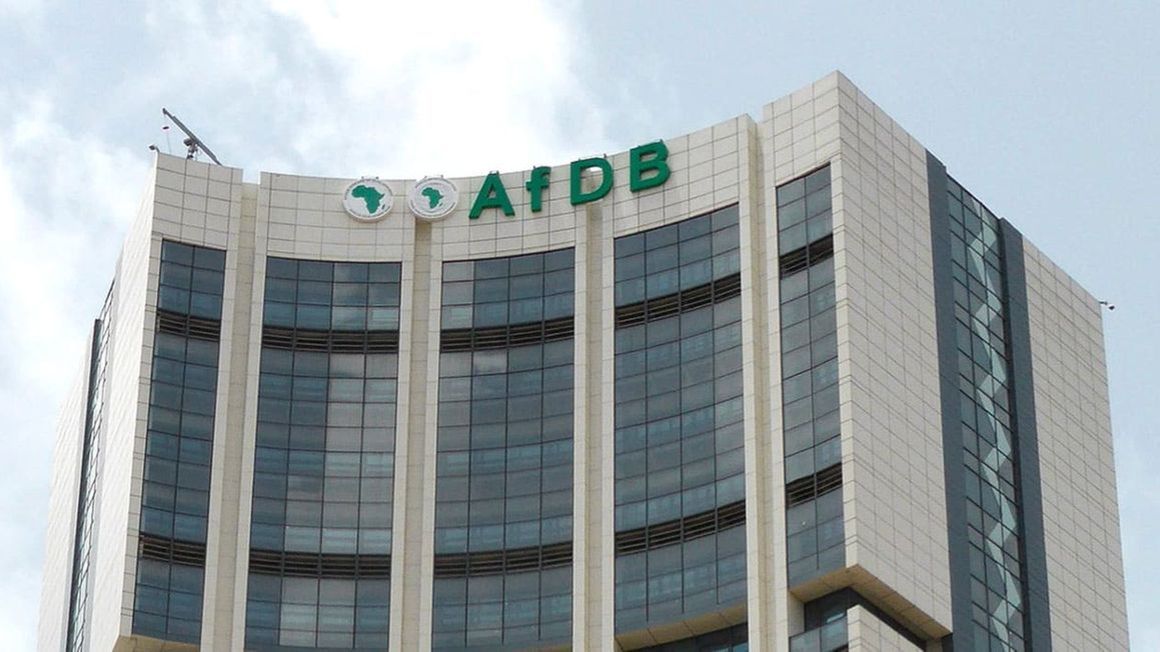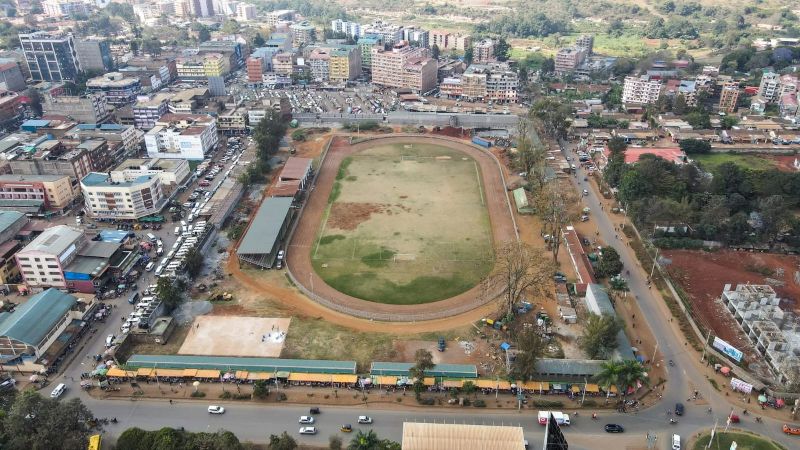Ethiopia's demolitions giving rise to a new Addis Ababa at the expense of city’s residents

PM Abiy Ahmed is prioritising grand projects designed to attract foreign direct investment to Ethiopia.
A spate of demolitions radically transformed one of the oldest parts of the Ethiopian capital, Addis Ababa, in early 2024. The city is home to an estimated 4 million people.
These demolitions were concentrated in the city’s historical Piassa neighbourhood – established over 100 years ago. Thousands of households were displaced in a few weeks, some with as little as five days’ notice.
More To Read
- Ethiopia wins bid to host COP32 climate talks in Addis Ababa
- Kenyan abducted in Ethiopia freed after Sh3 million ransom, flown home
- Ethiopia has struggled to build national unity: Can its big new dam deliver it?
- Ethiopia bids to host 2027 UN climate summit, rivalling Nigeria
- Ethiopia begins registration of 7.4 million learners amid education crisis
- Two in three Africans will live in cities by 2050: How planners can put this to good use
The demolitions in Piassa drew international attention because of the destruction of numerous historical buildings. However, demolitions in Addis Ababa have become commonplace under Ethiopian Prime Minister Abiy Ahmed’s urban agenda.
This agenda prioritises grand projects designed to attract foreign direct investment to Ethiopia. The projects include sprawling urban parks, real estate developments and a new palace.
Abiy’s urban agenda is ostensibly designed to transform Addis Ababa – a population nearly 10 times larger than Ethiopia’s second-largest city – into a city that’s “clean, green and conducive to residents’ wellbeing”.
The projects under this plan, however, have caused the displacement of tens of thousands of the city’s residents.
In my research, I study the implications of large-scale urban projects on Addis Ababa’s residents. My findings show that such projects are often framed in developmental terms. However, this narrative often conceals the displacement, dispossession and forced relocation they cause. This, in turn, exacerbates economic inequality and contributes to instability.
A changing city
Addis Ababa has been changing over the past three decades. The city has expanded in area and population. In recent years, real estate developments, hotels and shopping malls have transformed its façade.
This urban transformation has accelerated since Abiy’s rise to power in 2018. The prime minister’s urban renewal agenda seeks to imitate the look of cities in the Gulf.
In February 2024, the Addis Ababa city cabinet approved five road corridor projects designed to improve vehicle and pedestrian infrastructure across the city. Meanwhile, construction continues on the Yeka Hills project, an opulent palace complex occupying over 500 hectares, to serve as the prime minister’s official residence.
The downsides
The projects under Ethiopia’s urban plan are often portrayed as beneficial to all residents of Addis Ababa. This conceals their highly uneven impacts and enormous costs.
The projects currently underway in Addis Ababa are resulting in the demolition of homes and the displacement of people from their neighbourhoods and communities.
 A general view of the skyline of Addis Ababa, Ethiopia November 3, 2021. (Photo: REUTERS/Tiksa Negeri)
A general view of the skyline of Addis Ababa, Ethiopia November 3, 2021. (Photo: REUTERS/Tiksa Negeri)
In interviews I conducted in 2023, a former employee at an urban planning agency described how the state speaks of development.
You destroy one’s house in anticipation of better houses. It’s (portrayed as) development, it’s an improvement. You take someone’s property and give it (as) an economic opportunity for the other one. What happened to the displaced person, what does he get? Nothing, a very small amount of money.
The road corridor project, for instance, will require the demolition of homes and businesses in several parts of the city.
Similarly, some of the land for the Yeka Hills palace was obtained through the mass eviction of farmers and other residents. People who resisted eviction were forcibly and violently pushed off their land. They faced assault at the hands of state security forces.
Amid this widespread dispossession and displacement, many urban households are being denied any form of compensation because they don’t have the required paperwork to demonstrate ownership of or residence in their homes.
Luckier households receive replacement options. Others are forced to move into shelters that may be inadequate. They are also forced out of their neighbourhoods and communities, which removes the informal support systems many households rely on.
The new urban futures envisioned by the political elite in Ethiopia, therefore, look set to worsen existing economic inequalities because the government doesn’t have mechanisms to protect the interests of the city’s marginalised residents.
Abiy is far from the first African leader to adopt this model of urban development, which is primarily designed to attract private and foreign capital.
In partnership with private actors and multinational corporations, political and economic elites across the continent are devising plans to construct “shiny new cities”. These spaces are characterised by glittery malls, global fast-food outlets, gated communities and upscale hotels.
These projects look set to widen the wealth gap in the continent as the land that urban residents are living on becomes a prime target for private investment.
Addressing the risks
Political leaders and policy experts can do three things to mitigate these risks.
The most important step is for political leaders to better balance the interests of the city’s residents with the desire to attract foreign private capital. The Ethiopian Government’s current approach focuses primarily on the latter and fails to protect residents’ rights to the city. Political leaders must prioritise protecting the interests of Addis Ababa’s residents to create a just and equitable city.
Second, policymakers need to help establish stronger legislation that protects residents' and smallholder farmers' landholding rights. Currently, Ethiopia’s laws on expropriation – which refers to the state taking private property for public use – allow the government to take over land with limited warning and for nearly any reason.
Third, Ethiopia needs policies that force state agencies to consult with affected communities. This would give local people a platform to table their interests in decision-making processes.
Top Stories Today













































